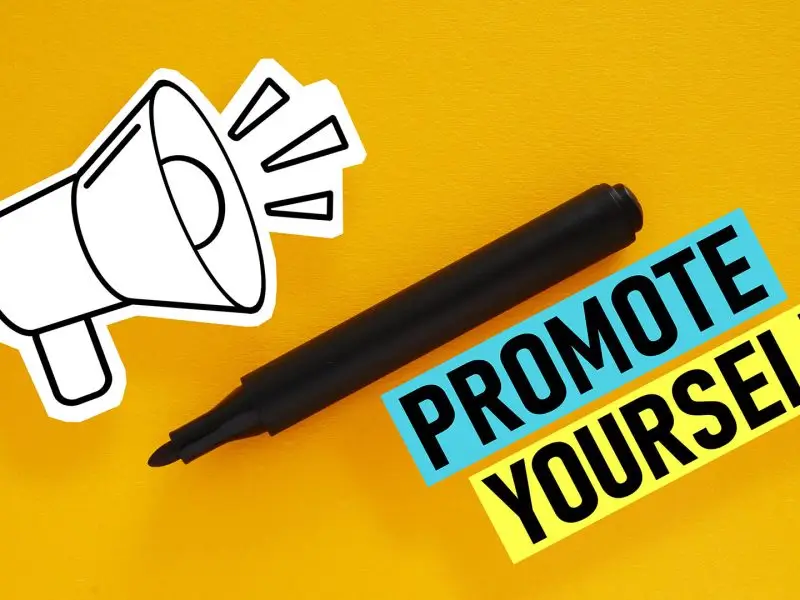Video Keeping It Real
The most engaging video content—the type most likely to go viral—often isn’t the polished, slick presentations. It’s real videos, featuring real people, showcasing real life (or, occasionally, cats chasing string!). When a presentation is overly polished, it feels like a commercial, something that talks at you. Why would you want to inflict that on your audience?
People buy from people. By creating authentic videos, you’re far more likely to spark genuine engagement. So be yourself and let your personality shine through. Keep it real!
The Rise of Video Content
Facebook reported that, since introducing the ability to add videos, uptake was four times higher than when they first allowed users to post pictures. Engagement with videos on Facebook skyrocketed in 2014.
Video is now a key feature on Twitter, which recently launched a mobile app update allowing users to post video directly from their phones. LinkedIn has offered the ability to add videos to profiles for some time and Google+ has been intrinsically linked to YouTube since acquiring the platform. Video is here to stay and will play a major role in your digital marketing strategy.
Video Keeping It Real
At a recent Facebook Bootcamp event, one key message stood out: video must keep it real. In 2014, video content exploded on Facebook. Users can now post videos directly to their pages or status updates and in most cases, these videos auto-play, capturing attention as people scroll through their feeds.
One notable example of real video making a big impact in 2014 was the ALS Ice Bucket Challenge. If you’ve been living under a rock for the past year, you can read more about the Ice Bucket Challenge here. We all enjoyed watching our friends and favourite celebrities get soaked. Some took it to the next level: a woman on a horse took a tumble, a JCB machine tipped a huge container of water over one unlucky chap and Sir Patrick Stewart’s classy, understated version (with a generous donation) stood out. What did all these videos have in common? They were real.
Engage Through Authenticity
Ask yourself: would you rather see someone talking about a product or service, or would you rather see how it works? Instead of focusing solely on the message you want to convey, think about your audience. Put yourself in their shoes. What would catch their eye? What would make them smile? Rarely is it a person speaking directly to the camera, saying, “Buy from me.”
Think about your viewers and the “who cares?” factor. We all ask ourselves the same question: Is this relevant to me? What’s in it for me? Who cares?
A Tale of Two Garages
Recently, I reviewed a series of short videos created by a local mechanic. One video showed the hidden dangers of potholes and the damage it did to a customer’s tyre. That video has been on YouTube for a couple of months and has had over 50 views. Another local garage opted for a more professional approach, filming a series of polished testimonial videos. These videos have been live on YouTube for over a year—one has had 11 views, and the other two only 4 each.
What’s the difference? The first mechanic’s video showed a real situation, while the second was more contrived. Keep it real and your content will naturally be more engaging.
What Will Engage Your Viewers?
I’m not suggesting your videos shouldn’t have structure—they absolutely should. At The Last Hurdle, we’re not videographers, but we work closely with several professional film companies and photographers, utilising their services when incorporating video marketing into our clients’ digital strategies or when we want to capture a specific occasion.
Creating natural, real videos often takes as much effort—if not more—than producing polished content. Real videos need to be structured, planned and focused on what will truly resonate with the viewer. If you’ve ever worked with a videographer or photographer at your wedding, you’ll know what I mean. You usually meet before the big day to discuss which moments you want to capture and what’s important to you. The same approach applies here, except we’re considering what others will want to see.





